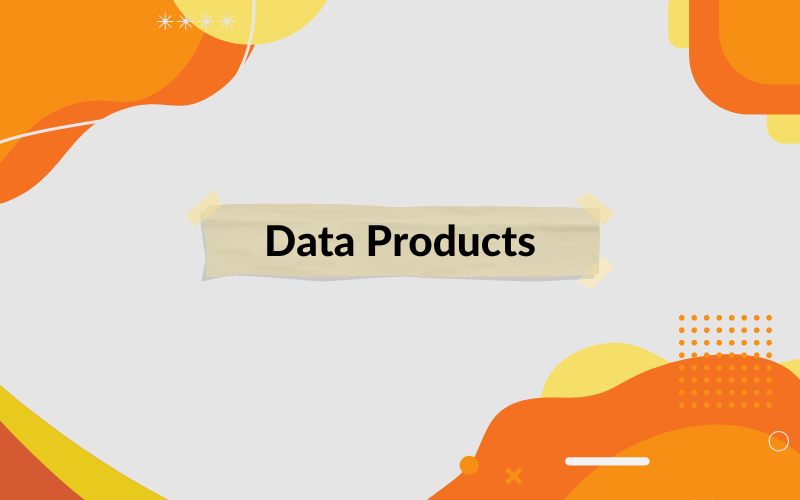
Data Products take data and data sets then develop and manage them like a product. Treating data-as-products and getting clear on what a data product is can ultimately help you, your team, and your organisation get more value out of your data.
Thinking about your data as Data Products is about using the frameworks, methodologies and disciplines of product management that have helped make many software companies successful. It’s also about taking your data beyond rows on a spreadsheet or reports and creating opportunities for your organisation and customers.
Even if you’re familiar with product management and product development then it is still worthwhile understanding what a Data Product is because there are some differences. Getting clear on the definition with your team and stakeholders will also help you achieve what you need to.
What is a Data Product?
A Data Product is data or data derivative that your customers choose to acquire from you in order to obtain the benefits that access to the product’s features and data brings, so your customers can reach the goals they believe those benefits will help them attain.
Let’s focus on a few important parts of the definition and how they will help you succeed:
- Customers: your Data Product needs to have a clear understanding of who the customer is and your value proposition to them. This can be an internal stakeholder or user.
- Benefits: your Data Product needs to provide benefits, ideally benefits that match the customer value proposition.
- Goals: ultimately your Data Product must help your customer achieve a goal. You need to know what this goal is and, ideally, that goal matters to your customer.
Arguably almost every technology product in existence uses data in some way, so what makes something specifically a Data Product?
DJ Patil, former Chief Data Scientist for the United States, defines a data product as “a product that facilitates an end goal through the use of data” in his book Data Jujitsu: The Art of Turning Data into Product.
Combining DJ Patil’s definition with the general definition of a product used above, the distinction of what makes a product a data product is that data is the most significant contributor to the benefits obtained. This distinction is supported by others.
Types of Data Products
Data Products can be broadly classified into 5 categories:
- Raw Data: a Raw Data Product gives users access to data in its raw or close-to-raw format for them to use. E.g. a CSV export of a database table or your CRM.
- Derived Data: a Derived Data Product takes one or more sets of data and combines them or applies transformations to the data then makes it accessible to users in a way they can use it. E.g. a pivot table that combines a few database tables into a single view.
- Algorithms: an Algorithm Product is where the product itself is an algorithm that relies on a meaningful amount of data that provides benefits to users. E.g. A tool that automatically generates social media copy for you.
- Decision Support: a Decision Support Product provides information to a user so that the user can make decisions. This may combine many of the product types. A Decision Support Product does not make the decision itself. E.g. a company dashboard or website analytics product.
- Automated decision-making: a Data Product that processes data and makes decisions based on the data. E.g. a self-driving car.
What isn’t a Data Product?
You can see that there are some cases where it isn’t clear whether the product is a data product or not. In these instances, you want to focus on alignment and clarity within your team and what that means for how you will manage, develop and use the data.
You may also question what the difference is between a Raw Data Product and simply emailing someone a csv file. The answer is both nothing and everything. Again, it comes back to being clear with your team and your stakeholders on how you want to manage, develop, use, and think about data.